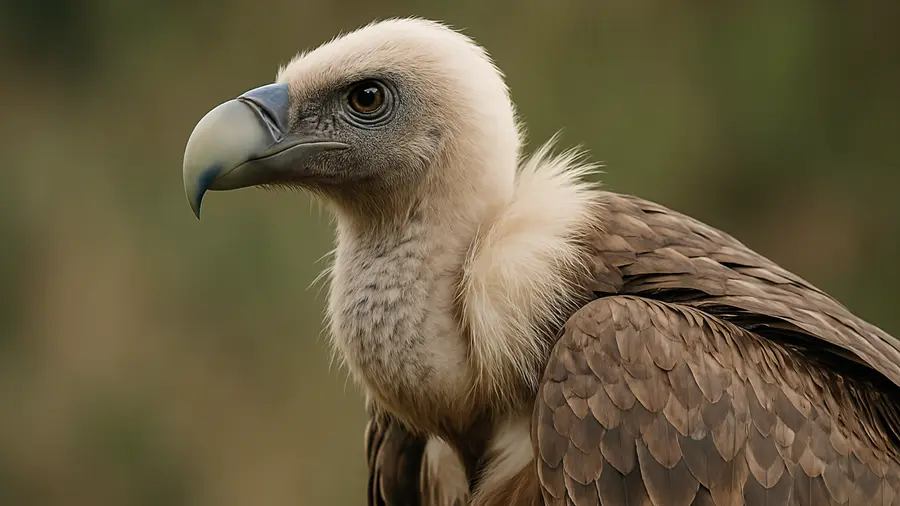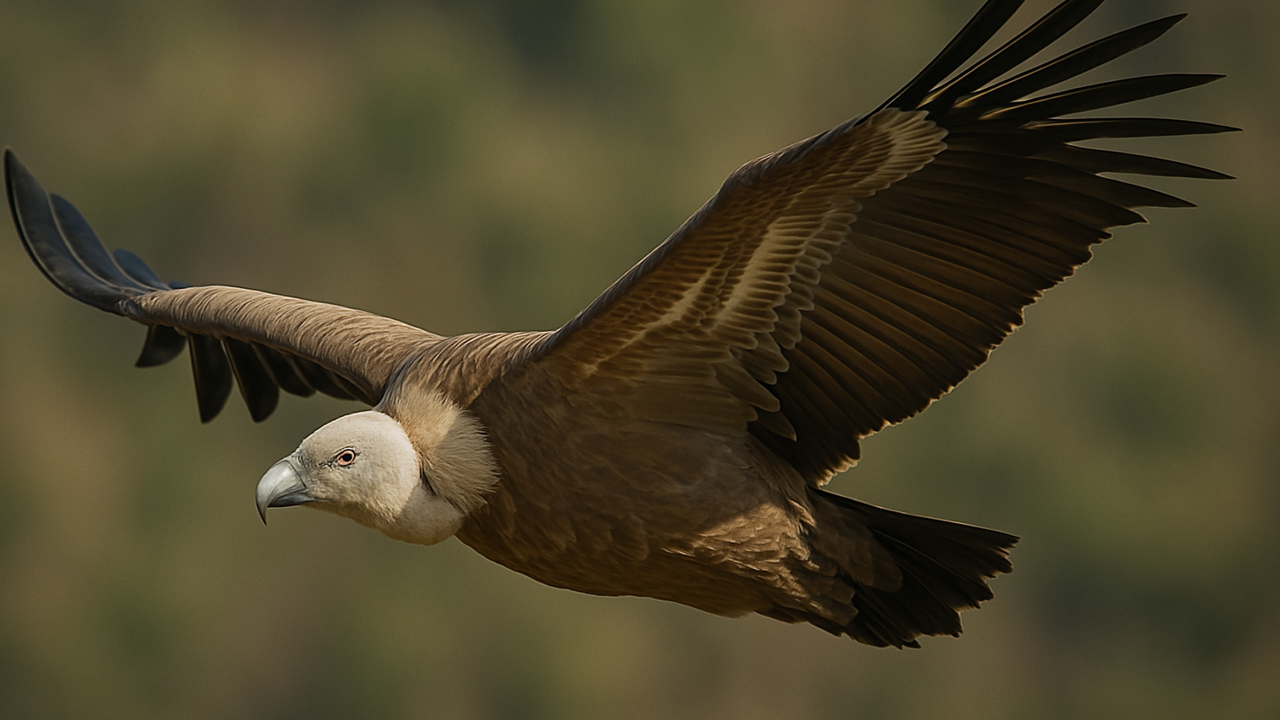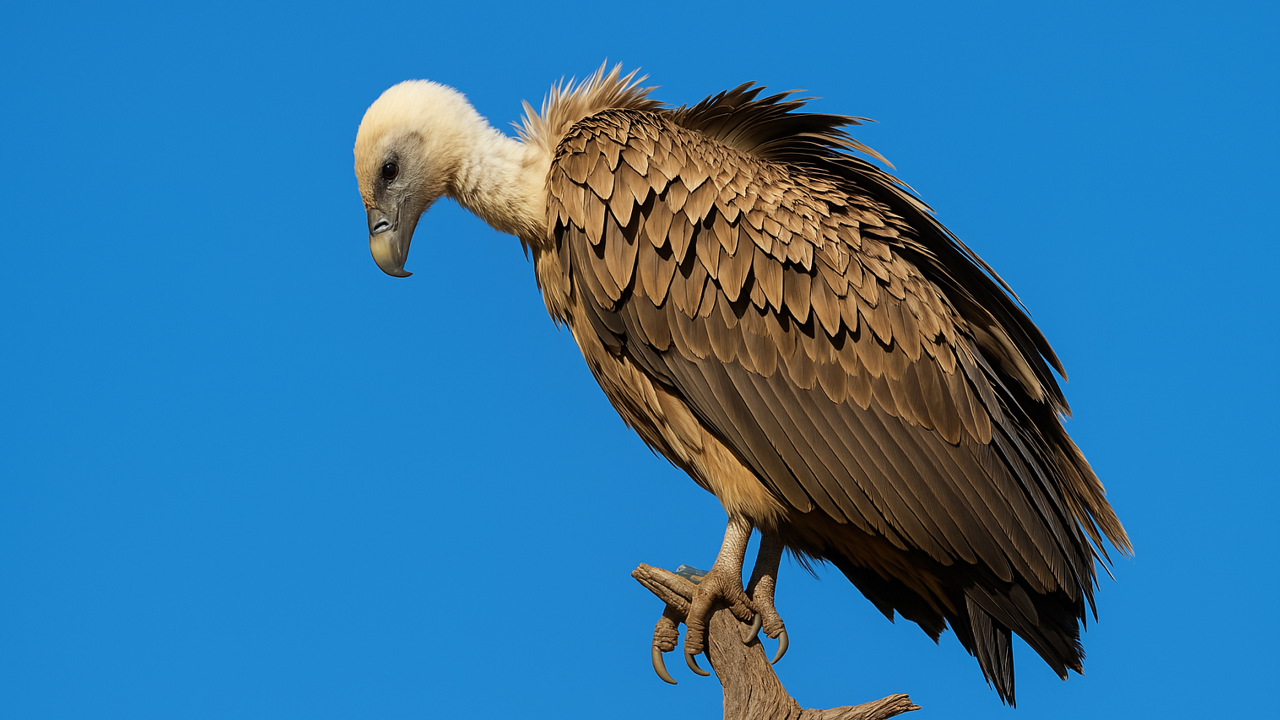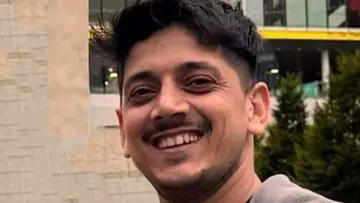Vultures: The Misunderstood Guardians of Our Ecosystems


Web desk
Published on Apr 12, 2025, 01:34 PM | 6 min read
Vultures have always been a misunderstood presence in the natural world. With bald heads, hooked beaks, and a diet of carrion, they’re easy targets for mischaracterization—often portrayed as ominous, grotesque, and lurking in wait for death. Pop culture has not helped. From Hollywood thrillers to animated classics, vultures are regularly cast as harbingers of doom. But behind this bleak image is a species playing one of the most critical and irreplaceable roles in global ecosystems. And across Africa and parts of Asia, including India, the steep decline in vulture populations has left a vacuum that conservationists warn could have devastating consequences for both biodiversity and human health.
In southern Africa, conservationists are now putting hard numbers to what vultures contribute, hoping that economic valuation might succeed where empathy has failed. A recent study by BirdLife International estimates that vultures provide sanitation and ecosystem services worth $1.8 billion annually across Botswana, Zambia, and Zimbabwe alone. That figure isn’t just about dead animals disappearing—it reflects a chain of benefits that ripple through public health, agriculture, wildlife protection, and disease control. A group of feeding vultures, known as a "wake," can strip a large animal carcass to the bone in just a few hours. This rapid clean-up reduces the chance of diseases spreading to other animals or humans and limits the proliferation of pests like rats, feral dogs, and flies.
The science behind these services is equally compelling. Vultures possess some of the most acidic stomachs in the animal kingdom, capable of digesting rotting flesh infected with deadly bacteria such as anthrax, botulism, and rabies. In removing such hazardous material from the ecosystem, vultures act as nature’s ultimate sanitation squad—efficient, effective, and, until recently, largely taken for granted.
The cost of losing vultures was tragically demonstrated in India, where populations plummeted by over 97% in the 1990s and early 2000s due to diclofenac, a veterinary drug that caused fatal kidney failure in birds feeding on treated livestock. When vultures fed on carcasses of animals treated with the drug, it caused fatal kidney failure in the birds. The impact was catastrophic, not just for wildlife but for human communities. The disappearance of vultures coincided with a sharp rise in feral dog populations, which were suddenly left with unchallenged access to dead animals. This led to a surge in rabies cases, particularly in rural areas, with one study linking the vulture decline to over half a million excess human deaths over two decades. The Indian government eventually banned veterinary diclofenac in 2006, but the recovery has been slow and inconsistent, with black-market use still reported in some regions.
This Indian experience has become a powerful reference point for African conservationists, serving as both a warning and a model for intervention. As Fadzai Matsvimbo, an extinction prevention coordinator at BirdLife International, points out, "The collapse of vultures in India created a public health disaster. That cannot be allowed to happen again elsewhere."
Africa’s vultures now face a range of overlapping threats. Intentional poisoning remains the largest cause of mortality. Poachers deliberately poison animal carcasses to eliminate vultures, which otherwise give away the location of illegal kills by circling above. A single poisoned elephant can kill hundreds of vultures in a single incident. Farmers also unintentionally poison vultures while targeting predators like hyenas or jackals. Belief-based killings are another serious issue—vultures are hunted for traditional medicine, particularly their heads, which are thought to grant clairvoyance or foresight. This belief, widespread in parts of southern Africa, fuels an underground market that decimates already fragile populations.
Collisions with powerlines and wind turbines pose a further threat, especially as Africa’s energy infrastructure expands. The birds’ large wingspans and gliding flight patterns make them vulnerable to electrocution or fatal impact. Meanwhile, habitat loss, food scarcity, and a lack of safe nesting areas compound the problem.
Yet, just as India’s crisis once triggered a wave of conservation action—from the establishment of captive breeding centers to anti-poisoning laws—so too are parts of Africa responding. In Kenya, community-led monitoring networks are training locals to identify threats and report poisonings. In South Africa, the VulPro rehabilitation center rescues and rehabilitates injured vultures, using satellite tracking to monitor released birds and gather data. Some park authorities have begun viewing vultures as allies in anti-poaching efforts, tracking their movements to detect fresh kills and illegal activity faster than foot patrols can.
Modern technology is becoming a key part of the solution. GPS-tagged vultures are helping conservation teams track movement patterns, identify hotspots for poisonings, and detect illegal hunting in real time. And increasingly, economic arguments are making headway. By calculating the financial cost of a vulture-free ecosystem—spanning increased disease outbreaks, livestock loss, and veterinary costs—researchers have given governments a clear incentive to act. In India, where vultures are slowly making a comeback thanks to breeding centers and strict drug regulations, the effort is also bolstered by this intersection of science, economics, and traditional knowledge.
Still, changing hearts may be just as important as changing policies. "Vultures are not up there on the pretty scale," Matsvimbo admits. "But we know they are incredibly useful." The battle is partly one of narrative. In schools, zoos, and even through film, conservationists are trying to recast the vulture’s story—not as a villain, but as an ecological hero.
Kerri Wolter, CEO of VulPro, expresses frustration with their cinematic portrayal. "I love watching The Lion King, but every time they show vultures as sinister and cowardly, my heart breaks," she says. "Vultures are never shown in a positive way. We need a new story." That story is already being written, in the skies above Africa and in the forests of India, where these birds quietly continue their life-saving work, asking for nothing more than our tolerance—and perhaps a bit of respect.
If there’s a lesson to be learned from the vulture’s plight, it’s this: what we consider unattractive or unimportant may in fact be vital to our survival. Vultures remind us that even death plays a role in life, and that the balance of nature often rests in the wings of the most overlooked.










0 comments